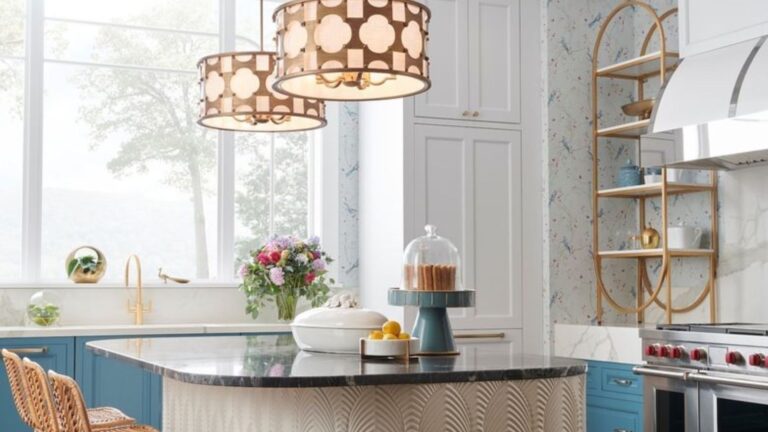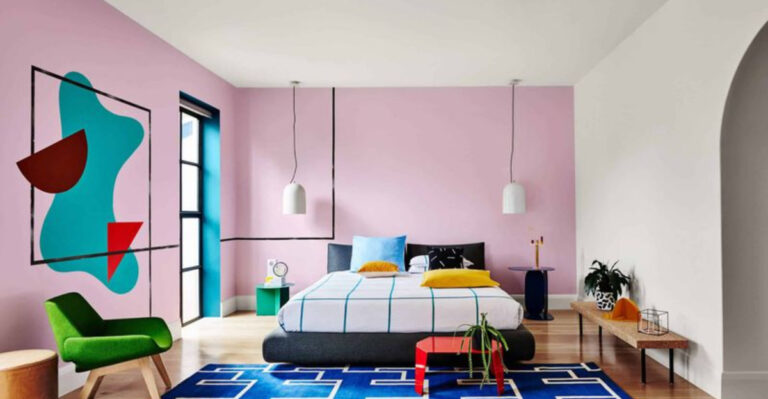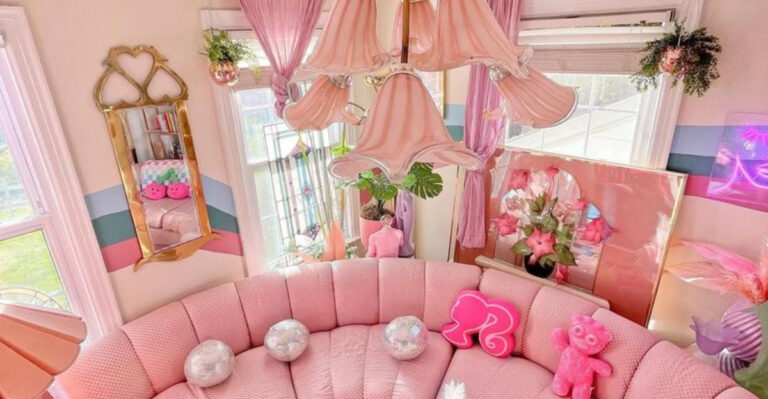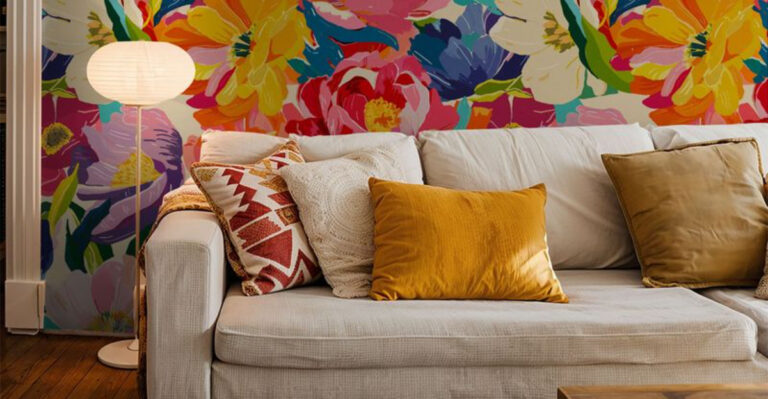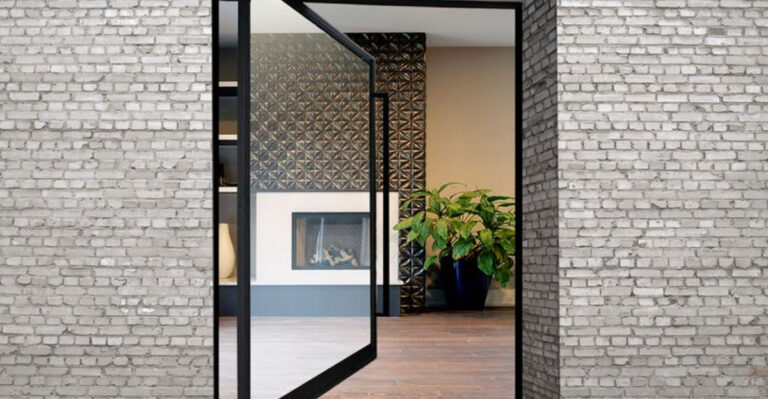16 Design Choices That Make Your Home Look Smaller Even If It’s Not
We’ve all been there. Excited about our new home design, only to realize that, somehow, it feels smaller than it should. I once painted my living room a deep navy, thinking it’d be cozy, but instead, it felt like I was living in a cave!
Over the years, I’ve discovered that certain design choices, like heavy furniture or dark colors, can trick the eye into thinking a space is smaller. Don’t worry though, we’ve got easy fixes to make your space feel as big as it truly is!
1. Dark Wall Colors
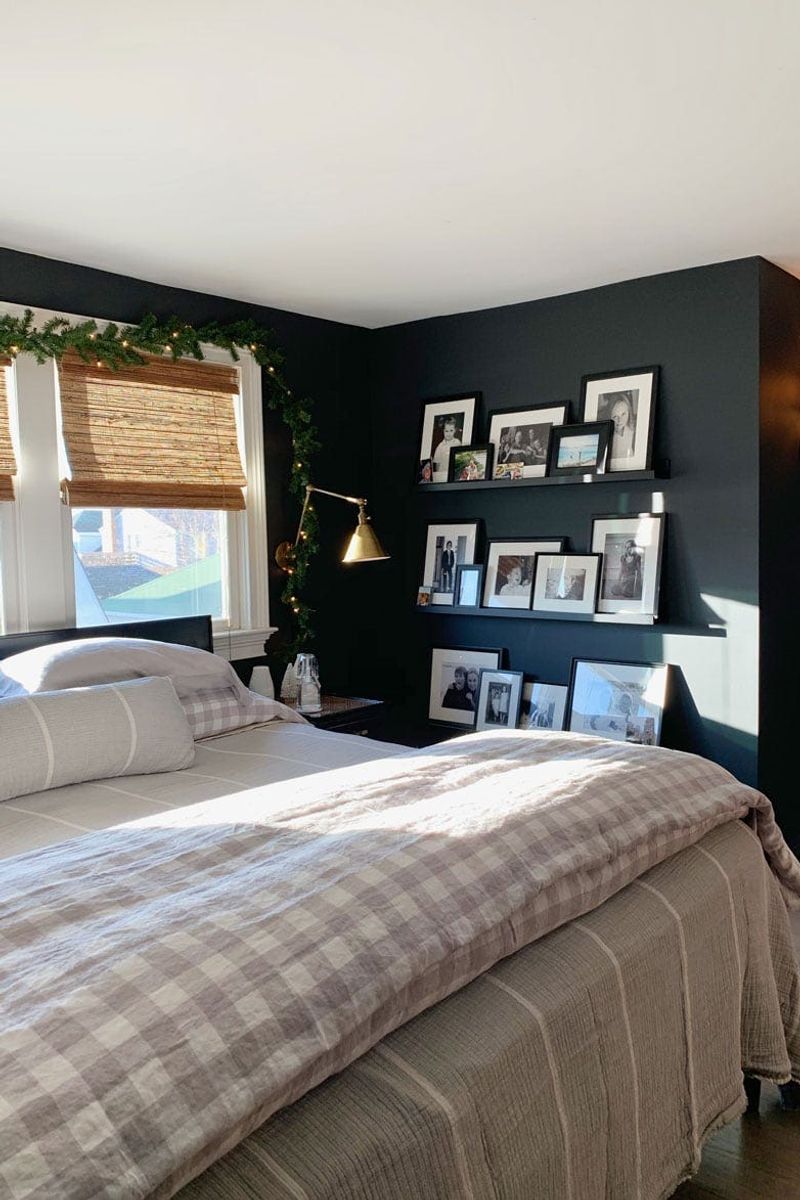
Dark shades create a cozy nook effect that can be both inviting and constricting. For those who love the allure of a moody atmosphere, consider balancing with lighter accents which provide contrast and depth.
A splash of color can work wonders in breaking up the monotony. Even a well-placed mirror can add a sense of openness.
This combination maintains the desired ambiance without sacrificing the feeling of spaciousness. By cleverly mixing elements, one preserves the cozy charm without the claustrophobia.
2. Heavy, Bulky Furniture
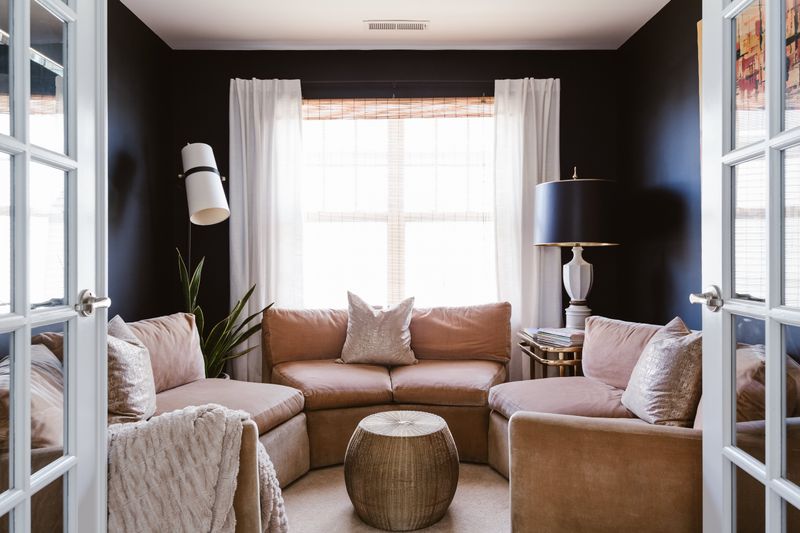
Instead of letting your furniture dictate your space, choose pieces that offer functionality with a hint of finesse.
Sleek lines and modular designs are your allies in this quest for balance. Swapping out cumbersome items for those with lighter frames can instantly transform the atmosphere.
Who knew that a couch could cast such a shadow? Small changes make a big impact when it comes to furniture selection. With the right choices, space becomes a canvas of endless possibilities.
3. Overcrowded Rooms
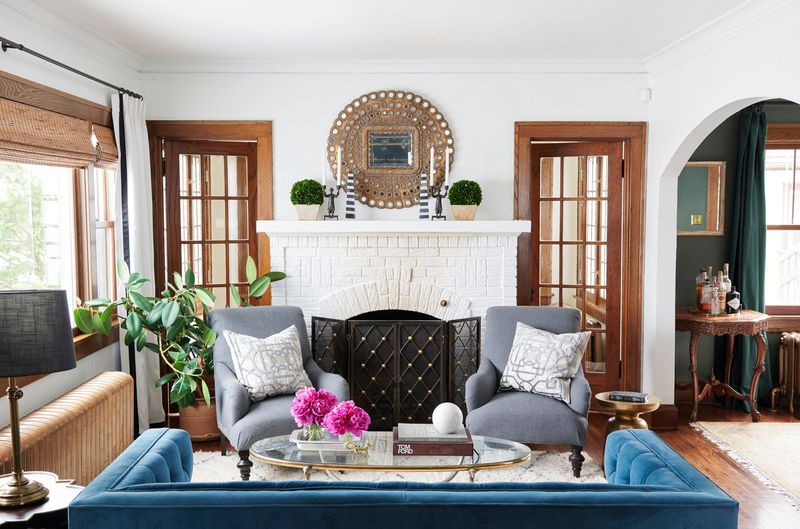
You step in and there’s barely room to breathe. Overcrowding can turn your living space into a labyrinth.
Embrace the art of less by curating your belongings with an eye for harmony. Each piece should earn its place in the room, contributing to the overall vibe without overpowering it.
Leave breathing room so each element stands out. It’s about finding that sweet spot where comfort meets style in a symphony of space.
4. Too Many Patterns
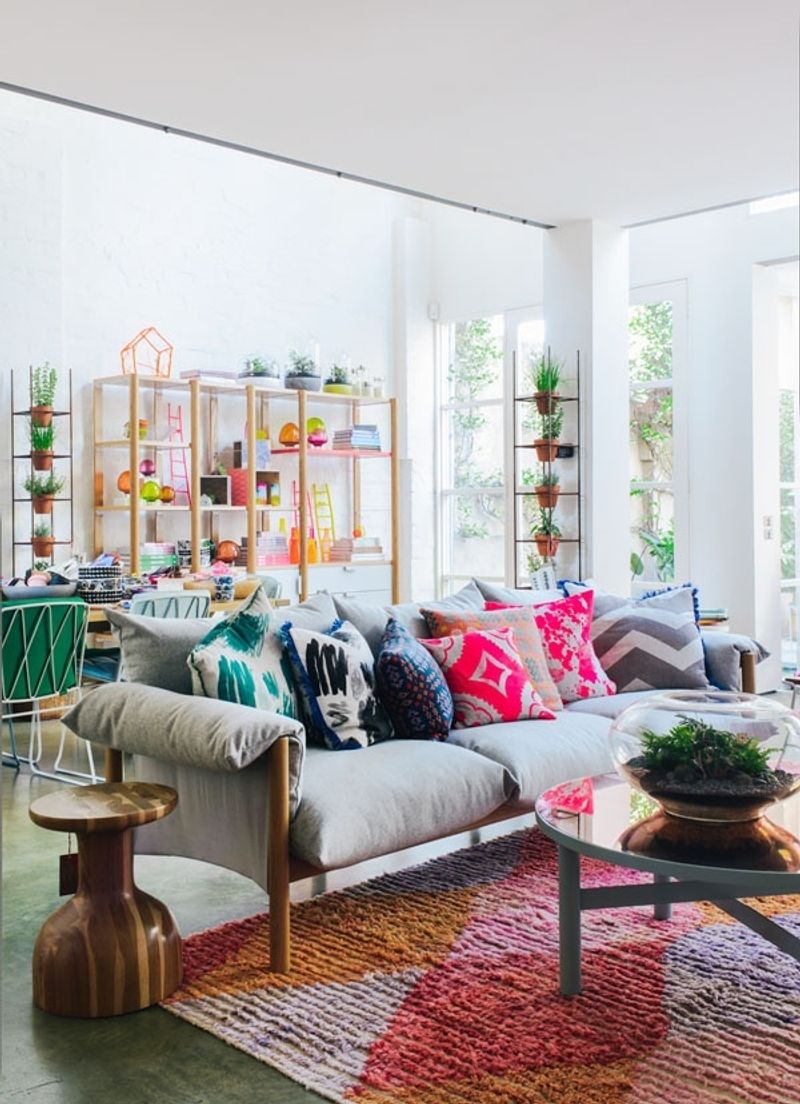
Patterns have personality and too many can lead to a chaotic party. When patterns collide, they can overwhelm the senses.
Balance is key when using patterns in design. Consider sticking to one or two complementary designs which allow them to shine without competition.
A single statement pattern can be the star of the show, drawing the eye and creating a focal point. Keep it simple and let the room breathe and it will thank you.
5. Low Ceilings
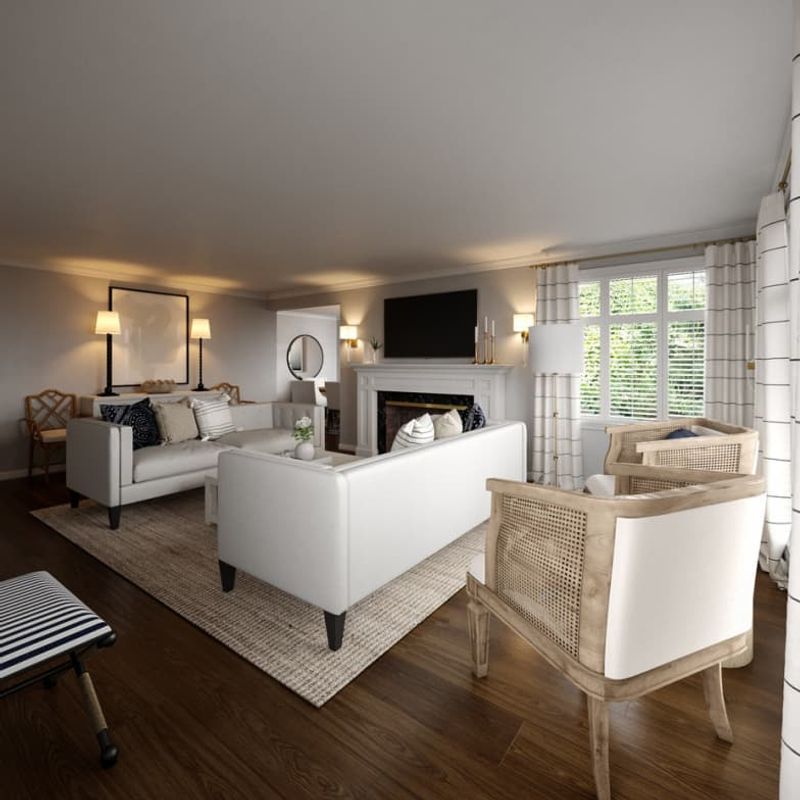
Looking up shouldn’t make you feel down. Low ceilings have a tendency to press down on a room but clever tricks can lift the mood.
Opt for vertical stripes which draw the eye upwards and create the illusion of height. Hang curtains higher than the windows which adds a sense of grandeur.
Use low-profile furniture to keep things in perspective. These small adjustments can make a world of difference in expanding how a space feels. Your home deserves to stretch its wings and soar.
6. Small Rugs In Large Rooms
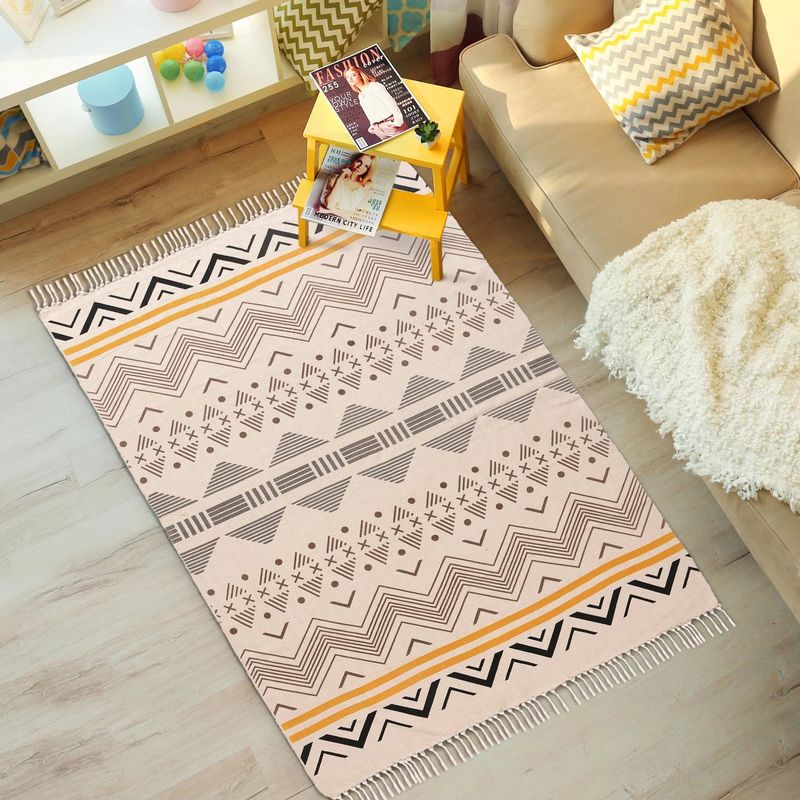
A tiny rug in an expansive space can feel like a postage stamp on a letter. It’s all about proportion here. A room-sized rug anchors furniture and pulls the space together creating a cozy island in the sea of flooring.
When selecting a rug, bigger is often better. It provides cohesion and defines areas effectively. Choose one that complements your style while staying true to the room’s dimensions.
A well-chosen rug not only warms the floor but also elevates the entire area.
7. Cluttered Surfaces
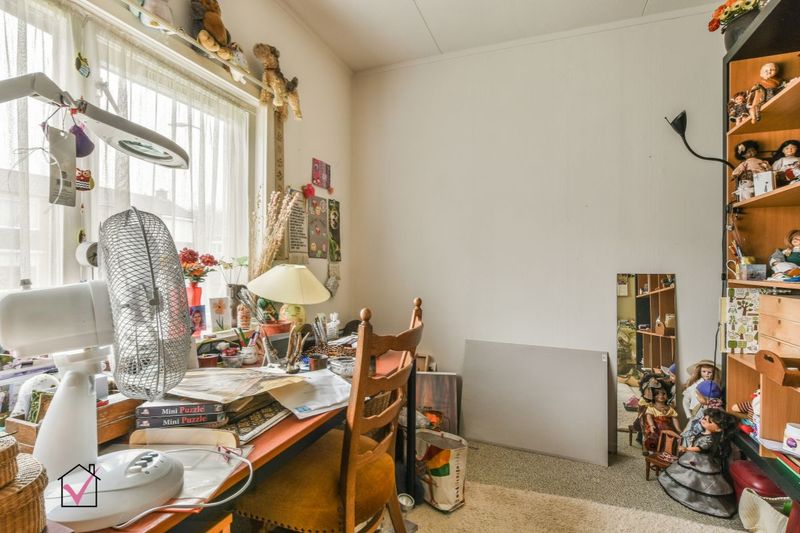
Surfaces that resemble a yard sale can make a room feel chaotic. It’s amazing what a little tidying up can do to transform a space.
Clear off unnecessary items and keep only essentials. Use decorative trays or baskets to organize remaining items elegantly.
By streamlining what’s visible, the space becomes more inviting and less stressful. Let surfaces be a blank canvas for creativity rather than a dumping ground. +
8. Large, Dense Curtains

Curtains that rival theater drapes can engulf a room in darkness. Light, airy curtains let the sunshine in and brighten the mood. Opt for fabrics that gently filter light rather than block it.
Sheer or semi-sheer options create an ethereal feel which allows the room to breathe. This simple change can amplify natural light which instantly makes a space feel larger and more welcoming.
Say goodbye to the gloom and let the sun’s rays dance through the room and uplift your spirits.
9. Minimal Lighting
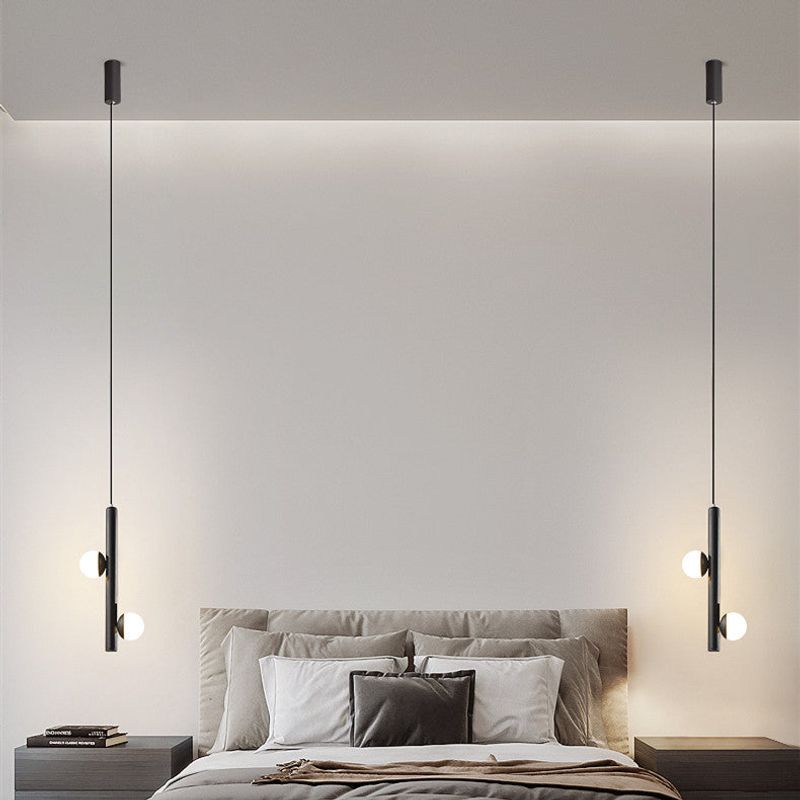
A dim room can feel like a cave and not in a good way. To achieve a more expansive feel, layer lighting with various sources across heights and locations.
Combine ceiling lights with floor lamps and table lamps to create ambiance that adds depth. Lighting isn’t just functional. It’s a key player in setting mood and opening up the room.
Brighten dark corners and watch how the space unfolds before your eyes. Light is your friend so let it lead the way.
10. Poor Furniture Arrangement
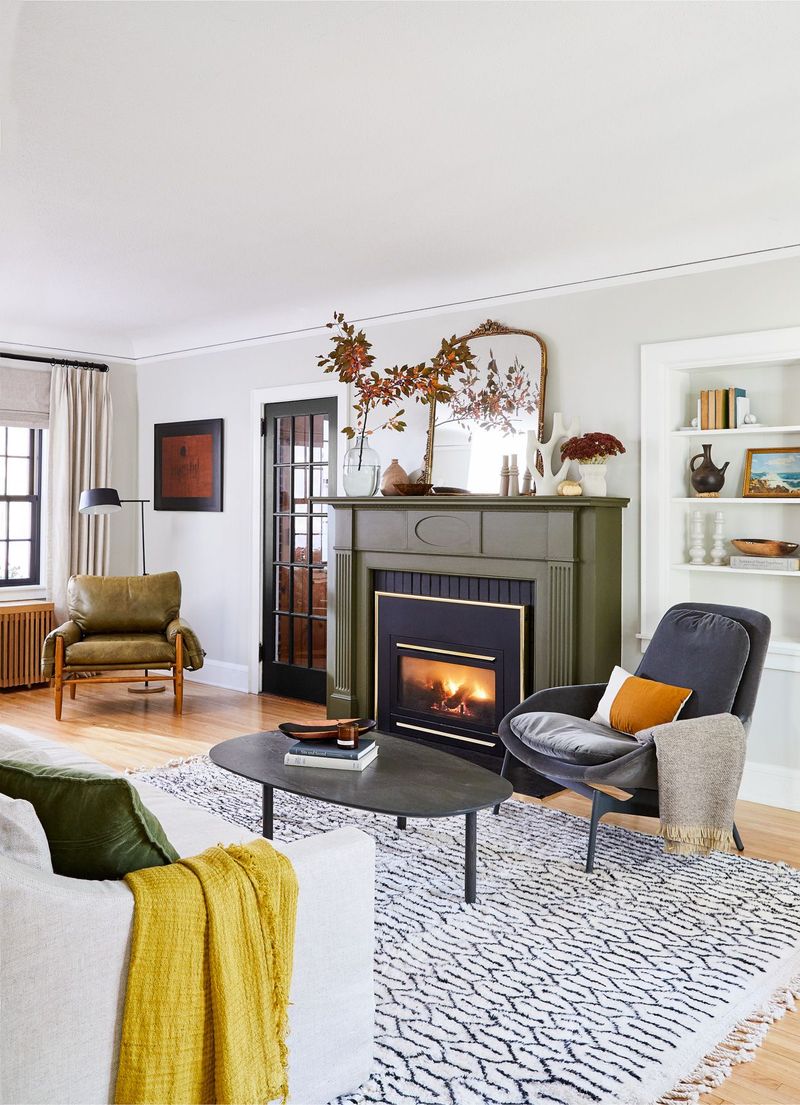
Imagine a dance floor where partners clash rather than glide. That’s what poor furniture arrangement does to a room. Thoughtful placement encourages flow and connection.
Tailor your layout to suit the natural pathways of the space. Arrange furniture to foster conversation areas which invite interaction. Allow for easy movement that enhances the room’s vibe.
A well-thought-out arrangement can transform an awkward space into a harmonious haven. Let your furniture waltz together in perfect rhythm and create a symphony of style.
11. Excessive Decor
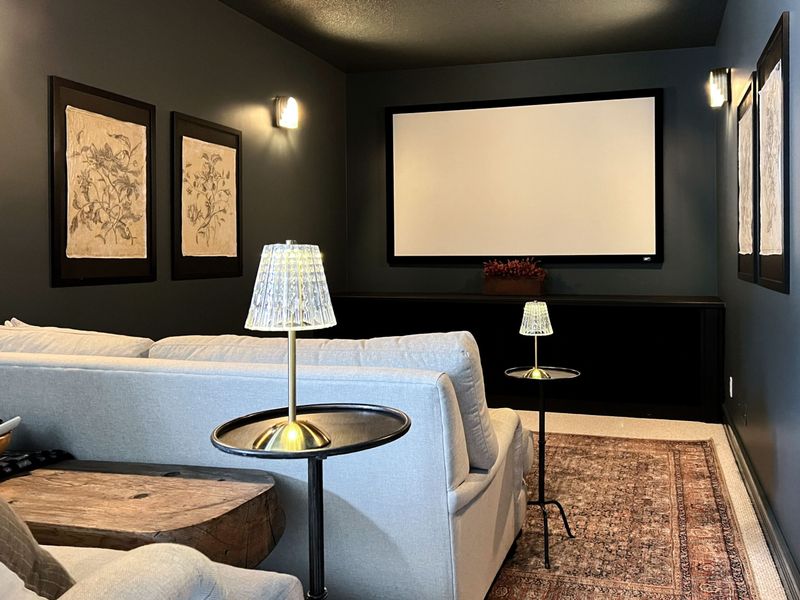
Too much of a good thing can be overwhelming. When decor takes over, it can stifle space. Embrace the mantra of less is more which leaves room to breathe.
Select decor that tells a story and means something. Highlight a few key pieces which draw attention and create interest. Let your decor be an accent rather than a blanket.
It’s about creating a sanctuary that reflects personality without overpowering it. Balance is the key to maintaining a welcoming and open atmosphere.
12. Low-Contrast Furniture And Walls

When everything blends together, a room can feel flat like an unseasoned dish. Contrast is the spice that perks things up.
Mix and match colors so textures and materials add interest and depth. Contrast draws the eyes and highlights focal points. It gives rooms character and vibrancy without clashing.
Don’t be afraid to experiment with bold hues against softer tones. This balance brings life and dimension to the space. Your home becomes a tapestry of color and texture which invites exploration.
13. Blocking Natural Light

Blocking out natural light is like missing a free performance by nature. Sunlight enlivens a room which opens it up and adds warmth.
Position furniture to allow light to stream in unabated. Avoid placing large or tall items directly in front of windows. Light is a natural enhancer and a mood booster.
Let it in and watch the room transform into a bright and airy space. Your home deserves to bask in the glow and your soul will thank you for it.
14. Too Many Walls Or Dividers
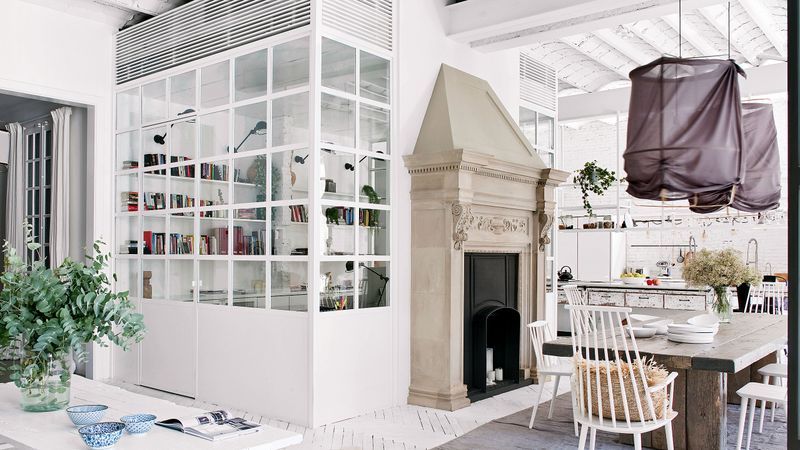
Walls have their place but too many can make a space feel like a maze. Open-plan living invites a sense of freedom. Consider removing unnecessary dividers so the flow improves.
If privacy is necessary, opt for stylish screens or curtains which can be easily adjusted. Opening up the room uncovers hidden potential and enhances interaction among its inhabitants.
Let your home be an open book rather than a closed chapter. Freedom in design translates to freedom in living.
15. Misproportioned Furniture
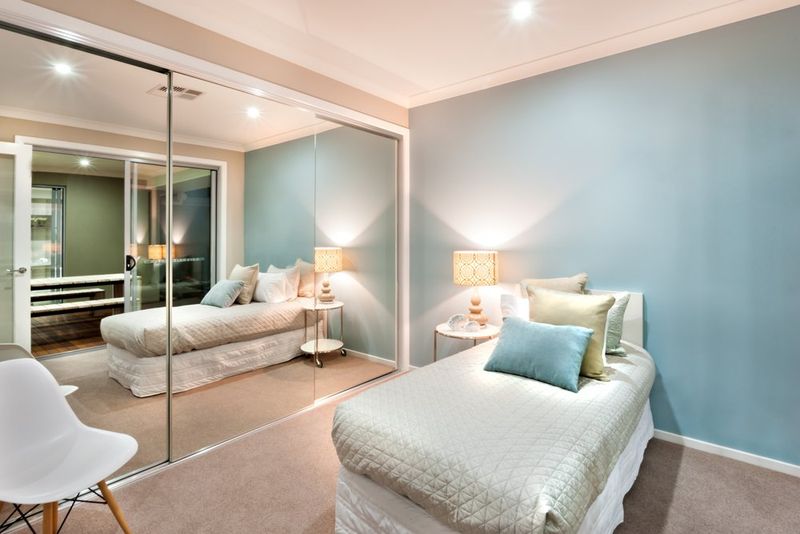
Furniture that doesn’t fit is like wearing shoes two sizes too big or small. It either swallows the room or gets lost in it. Choosing pieces that are right-sized for the space is essential.
Scale matters and affects how a room is perceived and used. Opt for furniture that complements the room’s dimensions so everything feels in harmony. A perfect fit makes the room feel balanced and inviting.
16. Clashing Styles

When styles clash, it’s as if a modern cityscape collides with a rustic farmhouse. Harmony in design is about blending influences seamlessly.
Choose a theme that resonates and let it guide your selections. When mixing styles, find common elements that tie pieces together such as color or material. This creates cohesion and tells a unified story.
Avoid the temptation to mix too many trends. Your home should be a reflection of your unique taste without descending into chaos.


